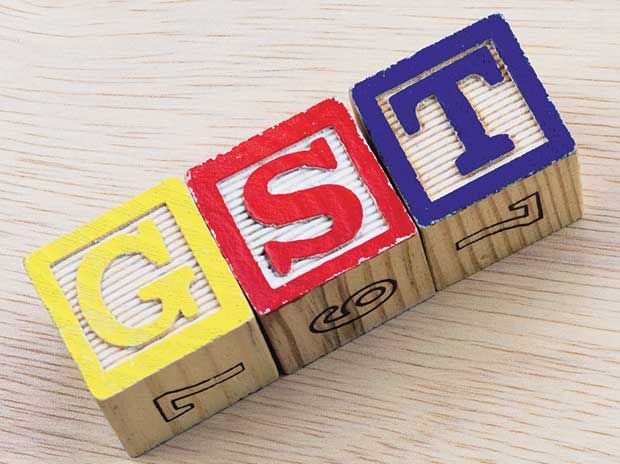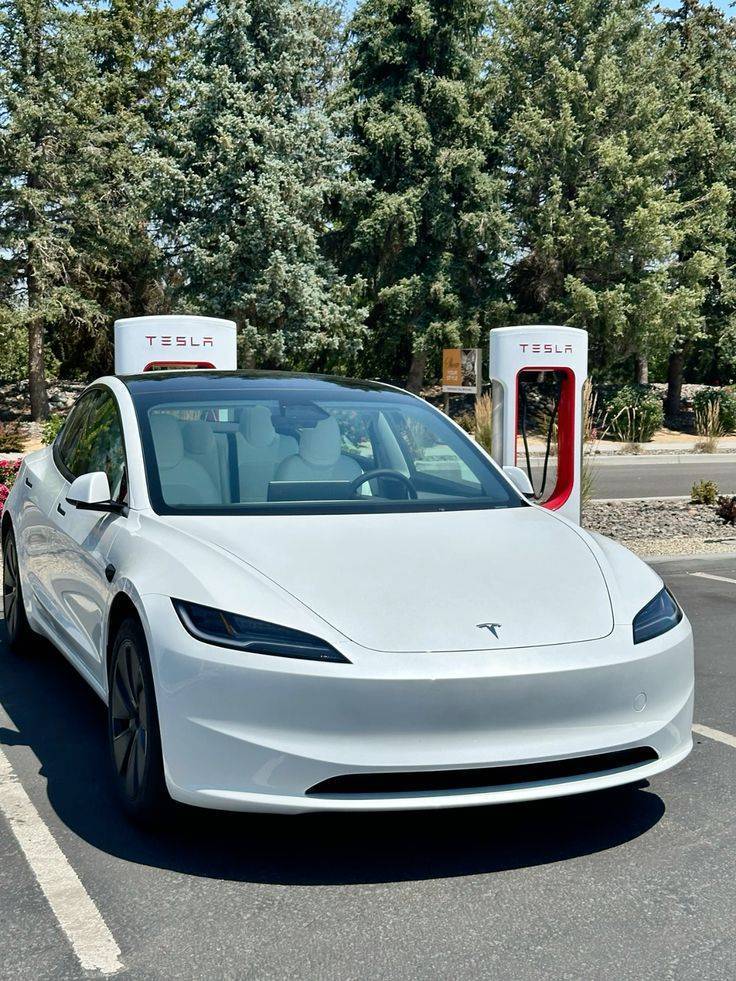Independence Day: According to PM Mod, the new GST changes will significantly lower the taxes on goods for the average person.

August 15, 2025, New Delhi — A comprehensive reform of the Goods and Services Tax (GST) system was announced by Prime Minister Narendra Modi in his 79th Independence Day speech from the Red Fort. promising citizens a “Double Diwali” this year. In keeping with the festive mood, the revisions are designed to drastically lower the tax burden on enterprises and the general public before Diwali, which is in October.These “next-generation GST reforms” aim to simplify tax slabs and ease compliance, thereby empowering both consumers and MSMEs.ReutersThe Economic Times+1
A Festive Promise with Economic Impetus
Modi’s speech framed the upcoming reforms as a major festive gift—a gesture to deliver relief and optimism: “This Diwali, I am going to make it a double Diwali for you… We are implementing next-generation GST reforms that will lower the national tax burden.”Reuterswww.ndtv.comThe Times of India The government has formed a group of ministers that has been working to evaluate and recommend changes in rate structure.ReutersMoneycontrol
Key focus areas include:
Merging existing GST slabs, currently at 5%, 12%, 18%, and 28%, to reduce complexity
Lowering tax rates especially on essential and everyday-use items, currently taxed mainly at 12%ReutersIndia TodayThe Economic Times
Making compliance more transparent, efficient, and beneficial for MSMEs and consumers alikeThe Times of Indiawww.ndtv.com
Economic Trade-Offs: Relief vs. Revenue
According to financial analysts, approximately 20% of goods—including packaged foods, apparel, and hotel services—fall under the 12% GST slab. These account for 5–10% of overall consumption and 5–6% of GST revenue.Reuters Redirecting many such items to a 5% slab may result in a potential revenue shortfall of ₹50,000 crore, equivalent to 0.15% of GDP. However, the stimulus value for households could range between 0.6% to 0.7% of GDP for the current fiscal year if the pace of consumption and compliance improves sharply.Reuters
What’s Driving the Reform?
Simplification and Equity: After eight years under the GST regime, the system has matured enough to enter its next phase. The reforms aim to reduce complexity and widen the tax base.www.ndtv.comReuters
Economic Stimulus: Lowering GST on everyday goods is expected to stimulate consumption and give households financial breathing space.
MSME Boost: Small businesses are likely to experience relief both in terms of lower tax rates and reduced compliance burden.India TodayThe Times of Indiawww.ndtv.com
Political Timing: Announcing these changes ahead of Diwali aligns with festive sentiment and signals economic support ahead of national celebrations.
Institutional Agenda and Implementation Roadmap
The reforms will be implemented through a structured process:
The Group of Ministers (GoM), which includes revenue experts and state finance ministers, is tasked with recommending specific rate rationalizations and slab consolidation strategies.ReutersMoneycontrolThe Economic Times
Final decisions will be taken by the GST Council, chaired by Finance Minister Nirmala Sitharaman, possibly at its next meeting before Diwali.India TodayMoneycontrol
The aim is to roll out the changes by Diwali, providing taxpayers with visible relief during the festive season.ReutersDD NewsMoneycontrol
Reforms Beyond GST
Modi’s Independence Day address wasn’t limited to GST. Other notable announcements included:
Sudarshan Chakra defence system
Accelerated development of Made-in-India semiconductor chips, expected by year-end
Plans to build a domestic space station
Criticism of the Indus Water Treaty, signaling future reconsideration of water-related agreementsThe Economic Times
Looking Ahead – Opportunities and Challenges
Opportunities
Consumer benefits: Everyday prices are expected to fall, bolstering purchasing power.
MSME growth: Simplified tax structure and lower rates could reduce costs and encourage entrepreneurship.
Strengthened Economy: Boosted consumer demand may provide economic momentum heading into 2026.
Challenges
Revenue shortfall: Fiscal management may be put under pressure due to the expected ₹50,000 crore decline in tax collections.
Design precision: Altering tax slabs requires technical accuracy to avoid market distortions.
State coordination: States dependent on GST revenue will need equitable compensation and assurances.
Execution speed: Delivering much-needed relief before Diwali requires swift administrative action.
Experts note that any revenue dip could be offset by larger transaction volumes and improved compliance resulting from simpler taxation.India TodayReuters
Conclusion: A Forward-Looking Fiscal Diwali
Prime Minister Modi’s “Double Diwali” promise refreshes India’s economic optimism. With “next-generation GST reforms,” the government sets a bold path toward simplifying tax, expanding access, and uplifting small businesses, all framed with festive resonance. As the country navigates the fine balance between simplifying tax and safeguarding revenue, the success of this initiative will depend on careful design and swift delivery of benefits.
As India readies to light lamps this Diwali, the illumination now includes financial hope—where cheaper essentials, tax relief, and a buoyant economy could light the way forward.
External Link: PM Modi Promises “Double Diwali” With Next-Generation GST Reforms
for more news click here


